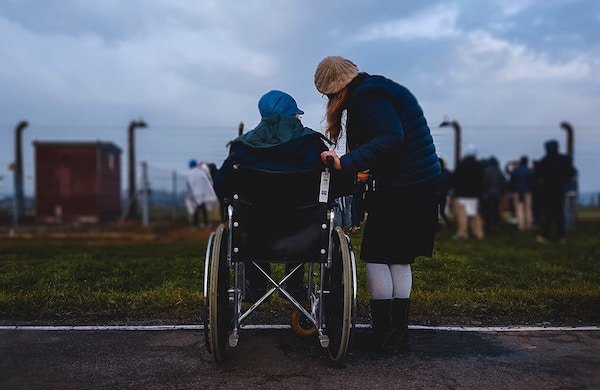What is Stroke?
Stroke is damage to the brain either due to bleeding into the brain (hemorrhagic stroke) or blockage of blood supply to the brain (ischemic stroke). Stroke is the fifth leading cause of death in America and a leading cause of adult disability.
Symptoms
- Stroke can present as any sudden onset neurological deficit like:
- Sudden onset weakness, numbness, loss of vision, coordination difficulty, speech problems, or difficulty understanding speech.
- Sudden and severe headache with no other cause followed rapidly by loss of consciousness — indications of a stroke due to bleeding.
- Brief loss of consciousness.
- Unexplained dizziness or sudden falls.
Stroke Rehabilitation
Stroke recovery can be a slow and laborious process. The best way to get better after a stroke is to start stroke rehabilitation. In stroke rehab, a team of health professionals works with you to regain skills you lost as the result of a stroke.
Transcranial magnetic stimulation (TMS) has shown promise in post stroke rehab with improvement in function. You have the greatest chance of regaining your abilities during the first few months after a stroke. So it is important to start rehab soon after a stroke.
TMS Treatment
Transcranial Magnetic Stimulation (TMS) is a noninvasive brain stimulation technique that can increase or reduce excitability in specific regions of the brain that have been affected by the stroke to improve brain function. Using magnetic stimulation on regions of the brain that have been damaged during a stroke has been shown to improve stroke symptoms. TMS therapy should be employed in conjunction with conventional therapy with stroke rehab professionals.
- 2009 – Repetitive Transcranial Magnetic Stimulation over bilateral hemispheres enhances motor function and training effect of paretic hand in patients after stroke.
Journal of Rehabilitation Medicine. - June 2008 – Effects of Low-Frequency Repetitive Transcranial Magnetic Stimulation of the Contralesional Primary Motor Cortex on Movement Kinematics and Neural Activity in Subcortical Stroke.
JAMA Neurology. - October 2006 – Noninvasive Brain Stimulation in Stroke Rehabilitation.
NeuroRX - October 2005 – Repetitive Transcranial Magnetic Stimulation of Contralesional Primary Motor Cortex Improves Hand Function After Stroke.
Stroke. - April 2005 – Improved picture naming in chronic aphasia after TMS to part of right Broca’s area: An open-protocol study.
Brain and Language

Stroke Prevention
Work with your doctor to:
- Manage high blood pressure or high cholesterol or diabetes.
- Take your medicine as prescribed.
- Don’t smoke or allow others to smoke around you.
- Limit alcohol to 2 drinks a day for men and 1 drink a day for women.
- Stay at a healthy weight.
- Get at least 30 minutes of exercise on most days.
- Eat heart-healthy foods like fruits, vegetables, high-fiber foods, and foods that are low in sodium, saturated fat and cholesterol. Eat fish or foods rich in omega 3 fatty acids at least 2 times each week.
NOTICE TO PATIENTS OPEN PAYMENTS DATABASE
For informational purposes only, a link to the federal Centers for Medicare and Medicaid Services (CMS) Open Payments web page is provided here. The
federal Physician Payments Sunshine Act requires that detailed information
about payment and other payments of value worth over ten dollars ($10) from
manufacturers of drugs, medical devices, and biologics to physicians and
teaching hospital be made available to the public.
You may search this federal database for payments made to
physicians and teaching hospitals by visiting this website:
https://openpaymentsdata.cms.gov/

